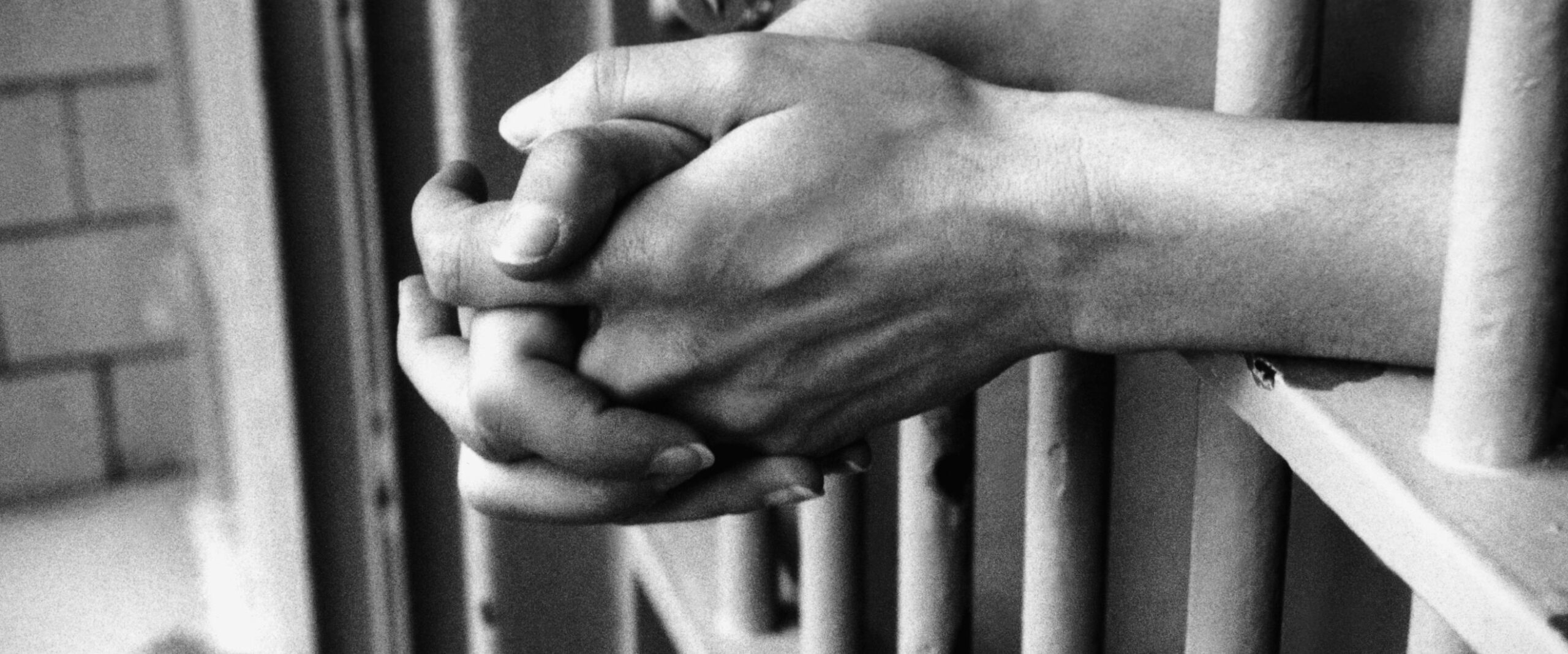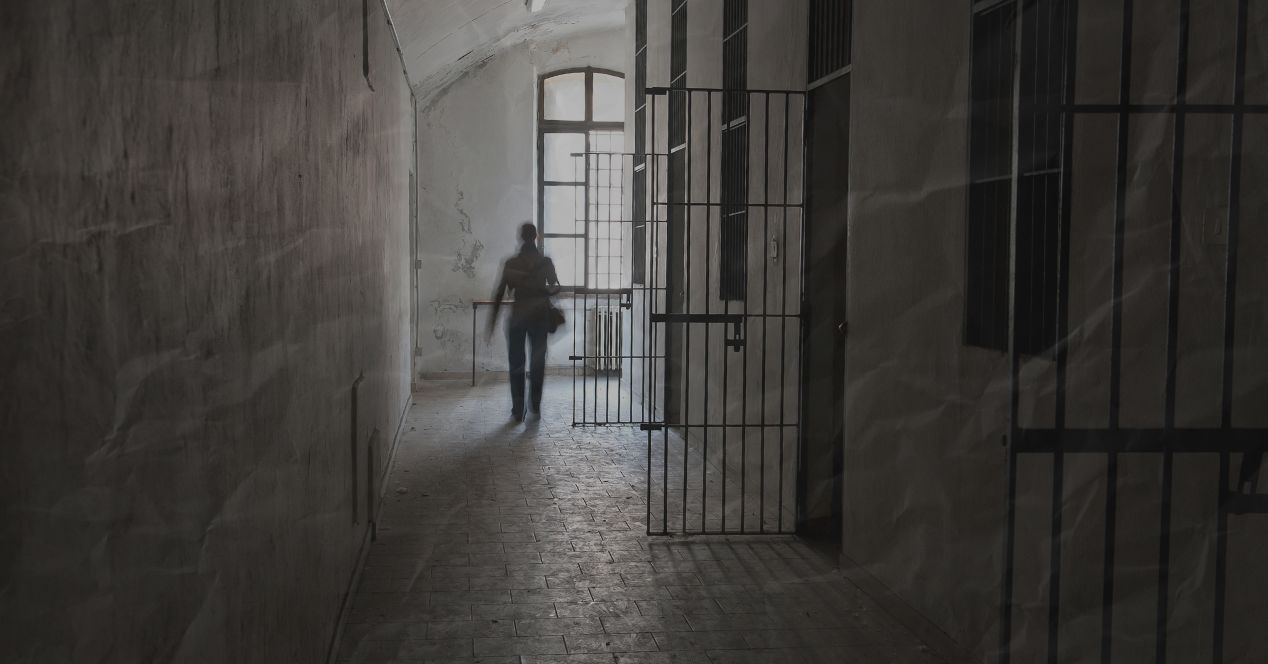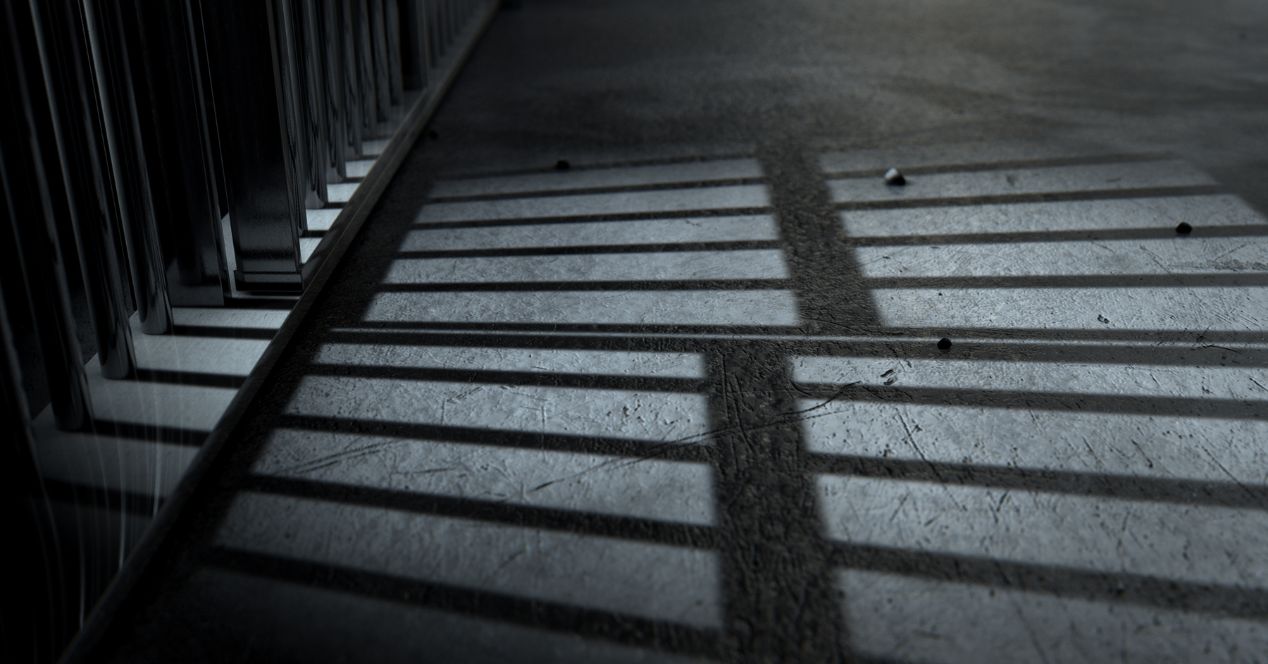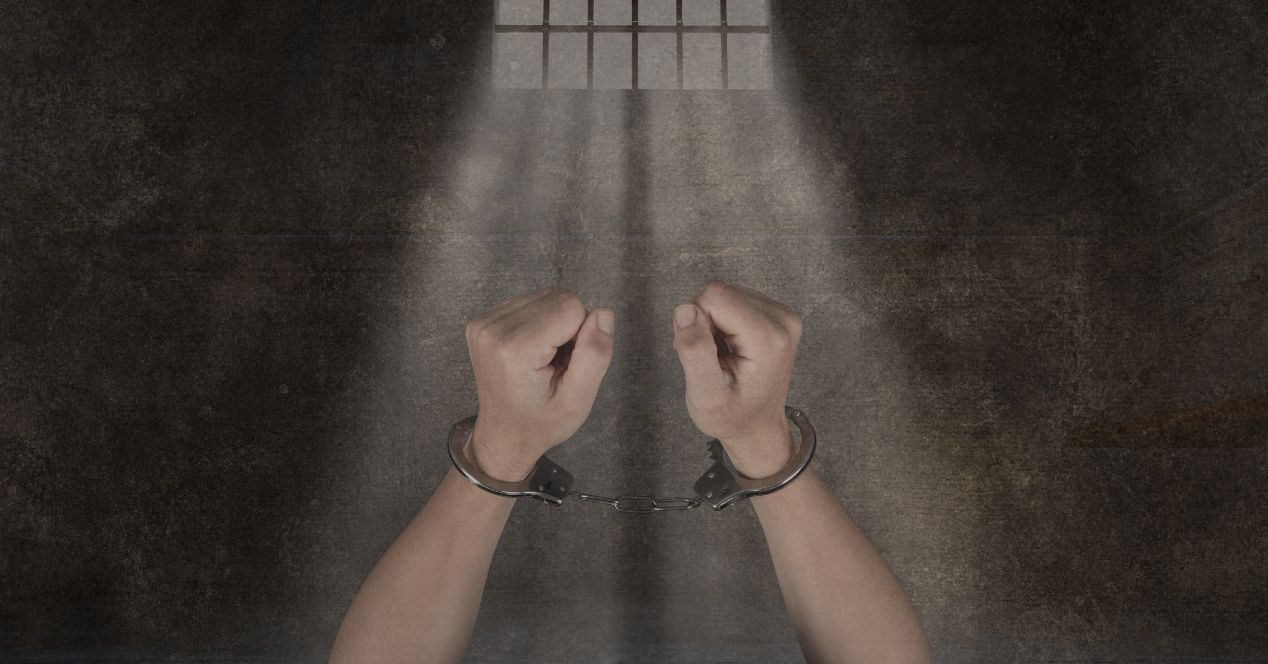Analysis
Supreme Court strikes down rules perpetuating caste based segregation and discrimination in prisons | Judgement Summary
We summarise the 148 page landmark ruling that has directed amendments to prison manuals within three months

On 3 October 2024, a Division Bench of Chief Justice D.Y. Chandrachud and Justices J.B. Pardiwala and Manoj Misra delivered a judgement directing the Union government and states to revise their prison manuals and rules to address caste-based discrimination in prisons. It noted that existing manuals and rules as they stood violated Articles 14, 15, 17, 21, and 23. The Union has further been directed to make appropriate changes to the Model Prison Manual 2016, and the Model Prison Consolidation of Services Act, 2013 (Model Prison Act), within the next three months.
The Court also decided to take suo moto cognisance of discrimination in prisons on any grounds (“such as caste, gender, disability”), with the case to be listed in three months.
Reportedly, multiple practices and procedures adopted in Indian prisons have perpetuated caste based discrimination. These have been reflected, most starkly, in the division of manual labour within prisons, the segregation of barracks, and in particular provisions of prison manuals across states which are discriminatory against prisoners from Denotified Tribes (DNTs).
Significantly, the Court also issued a directive stating that ‘caste’ columns or any references to caste in registers recording undertrial and convicted prisoners “shall be deleted.”
How the case came about
On 10 December 2020, an investigative story reported by Sukanya Shantha, a journalist, revealed the wide prevalence of caste-based discrimination in Indian prisons. She reported, particularly the story of one Ajay Kumar, an alias used by an undertrial in Alwar jail, Rajasthan, who had been subjected to menial manual labour after being identified as belonging to a Scheduled Caste community. Kumar, trained to be an electrician, was compelled to clean toilets, sweep, and garden after he was identified by the police constable as belonging to a dhobi (washerman) caste. The story won several national and international journalism awards.
On 12 December 2023, Shantha filed a writ petition in the Supreme Court challenging various state prison manuals for perpetuating caste-based division of labour, untouchability, caste based segregation, and discrimination against DNT communities by labelling them as ‘habitual offenders’, a colonial era classification. The petition sought the Court to declare the provisions of the prison manuals and rules as being ultra vires for violating Articles 14, 15, 17, 21 and 23.
On 3 January 2024, the bench led by CJI Chandrachud issued notice to the Union and 13 state governments on the PIL. That day, Senior Advocate S Murlidhar also highlighted caste-segregation in a Tamil Nadu prison where prisoners from Thevar, Nadar and Pallar community were put in separate barracks. On 10 July 2024, when the state counsel for Uttar Pradesh submitted that its prison manual did not perpetuate caste discrimination, Murlidhar countered that one Rule 289, for instance, stated that “a convict sentenced to simple imprisonment shall not be called upon to perform duties of degrading character unless he belongs to a class or community accustomed to perform such duties.” Justice Pardiwala also highlighted a similar rule from the West Bengal prison manual: “What is this rule? Just read. It’s very disturbing.” That day, the Court reserved judgement.
Classifying prisoners on the basis of caste violates Article 14
The judgement, authored by CJI Chandrachud, noted that to ensure equal protection under Article 14, any classification made by a law must have i) intelligible differentia (which means that there should be a clear distinction between those on whom the law would apply, and others), and ii) must have a reasonable relationship between the reason for the differentia and the ‘object to be sought’, and iii) must not be “manifestly arbitrary” (which means it must not be excessive or disproportionate). The Court, first noted, that there was no intelligible differentia to classifying prisoners on the basis of ““habit”, “custom”, “superior mode of living”, and “natural tendency to escape”.” Instead, classifications such as labour segregation should be based on parameters such as “conferment of entitlements such as remissions.” CJI Chandrachud also noted that caste-classification reduces the individual prisoners to “a group identity” and denies objective assessment aimed towards correction. Thus, he noted that the classification lacked a rational nexus to correctional objectives of “security and reform”. On this note, he further noted that caste-classification subverted substantive equality.
Prison manuals, by perpetuating stereotypes against oppressed caste groups, violate Article 15
The Court observed certain characteristics of nondiscrimination as enumerated under Article 15. It noted:
1. Discrimination could be both direct and indirect.
2. Laws which are “racially neutral” (which, on a first look may not seem discriminatory against a particular race or community) can be discriminatory against marginalised groups.
3. Stereotypes could further discrimination.
4. There is a positive obligation on the state to prevent discrimination (which means that the state must go out of its way to create conditions that foster nondiscrimination).
5. The constitutional scheme does not allow discriminatory laws that perpetuate stereotypes that harm social groups, directly or indirectly.
6. Indirect and systemic discrimination must be reviewed by courts.
7. The Court through its judgements is laying down the tests to examine indirect and systemic discrimination.
Having laid these principles, it noted that while caste could act as an intelligible classification in the context of protective policies (laws that seek to protect the rights of marginalised groups), caste cannot be allowed to be a basis of discrimination because of Article 15. Thus, even though the Constitution recognises classifications such as Scheduled Castes and Scheduled Tribes, the manner in which the prison manuals deployed caste was outside the constitutional scheme.
“The manuals/rules suffer from indirect discrimination by using broad terms which act to the disadvantage of the marginalized castes,” the judgement states. It notes that the designation of “menial” jobs to oppressed castes “accustomed” to carrying out that work was rooted in the “history of systemic discrimination” faced by the group and violated the “constitutional framework.”
The Court also noted that the prison manuals and rules reinforced stereotypes against DNT groups by characterizing them with “habitual neglect or having bad character.” This stereotyping, it noted, was prohibited by Article 15.
Provisions of the prison manuals facilitate untouchability, prohibited under Article 17
The Court noted that Article 17 addressed “any stigma attached to the existence, touch, or presence of any person.” It referred, as one example, to Rule 289(g) of the Uttar Pradesh Manual which states that a “convict sentenced to simple imprisonment,… shall not be called upon to perform duties of a degrading or menial character unless he belongs to a class or community accustomed to perform such duties.” The Court noted that the “notion that an occupation is considered as ‘degrading or menial’ is an aspect of the caste system and untouchability” since such designations were based on “notions of worth, space, purity and pollution.”
It also observed that provisions in the manuals which prohibited people from ‘untouchable’ castes to prepare food, and which stereotype DNT groups (referred often by the manuals as ‘wandering tribes’ or ‘criminal tribes’) by considering them as having “a strong natural tendency to escape or by habit accustomed to theft” also resembled a form of untouchability.
The rules, by stipulating ‘menial’ jobs to oppressed caste groups, violate Article 21
The Court noted that the right to dignity, under Article 21, extended “even to the incarcerated.” It observed that designating particular jobs like sweeping to certain caste communities such as Mehtar, Hari or Chandal castes “reinforced occupation and immobility of prisoners” born into the oppressed castes denying the prisoners the “opportunity to reform.” It noted that the notion of treating prisoners in a dehumanizing manner was a trait of colonial lawmaking that had to be moved away from.
Article 23 is not a “caste ignorant” but a “caste conscious” provision
The Court observed that the assignment of labour based on caste was not “voluntary”, and hence the prison manuals perpetrated “forced labour” prohibited under Article 23. It noted that Article 23 is informed by the fact that labour exploitation of Dalit castes is based on their disadvantaged socio-economic status. In that sense, it was a “caste conscious” provision.
The Model Prison Manual 2016 and Model Prisons and Correctional Services Act 2013 suffer from various lacunae
The Court highlighted a list of concerns with the Model Prison Manual 2016, brought out by the Union government:
1. The manual lists “people from denotified or wandering tribes” in its definition of ‘habitual offenders’ which can lead to classification and separation of prisoners from DNT communities.
2. The manual only recognises and prohibits physical caste based segregation in women-only prisons, but does not do so for all prisons in general.
3. The manual does not recognise caste-based division of labour, which is why several state manuals deploy caste-based labour division.
4. The manual does not acknowledge the effects of the Prohibition of Employment as Manual Scavengers and their Rehabilitation Act, 2013, which the Court stated prohibited manual scavenging work in prisons also.
5. The manual does not prohibit “special treatment” to certain upper-caste groups, which the Court clarified cannot be “given to any group.”
The Court also highlighted concerns with the Model Prisons and Correctional Services Act, 2013. It observed that the law does not make any reference to prohibition of caste discrimination. It also held that the definition of ‘habitual offender’ under Section 2(12) of the Model Prisons Act 2013 is “problematic.” Section 2(12) defines ‘habitual offender’ as a “prisoner who is committed to prison repeatedly.” The Court held that the phrase “committed to prison repeatedly” was too broad and vague.
Directions by the Court
The Court declared that the challenged provisions of the jail manuals of Uttar Pradesh, West Bengal, Madhya Pradesh, Andhra Pradesh, Odisha, Kerala, Tamil Nadu, Karnataka, Rajasthan, and Himachal Pradesh violated Articles 14, 15, 17, 21 and 23. It provided three months for state governments and union territories to revise their prison manuals and rules. Three months is also the timeline within which the central government must revise the 2016 model prison manual and the 2013 model prison law. It further noted that all references to ‘habitual offenders’ under the prison manuals should be in accordance with habitual offender legislations in different states, and if there is no such legislation, necessary changes should be carried out on the prison manuals by the Union and state governments within three months.
The Court also held that caste columns which record the caste of undertrials and convicts registered in prisons would be removed. Notably, petitioners had not put forward this demand, and have criticised the direction since it would make data collection on caste representation in prisons difficult.
The Court has directed the police to closely follow its directions in Arnesh Kumar v State of Bihar (2014) and Amanatullah Khan v Commissioner of Police, Delhi (2024) to ensure that DNT groups do not face arbitrary arrest.
Significantly, the Court took suo moto cognisance of discrimination in prisons on the basis of caste, gender, and disability through a case titled ‘In re: Discrimination inside prisons in India’. It directed the registry to list the case after three months. It directed that the Union and all state governments must submit a compliance report on the first hearing date of the suo moto case.
It has further directed the District Legal Services Authority and the Board of Visitors formed under the model prison manual 2016 to conduct regular inspections to identify caste discrimination in prisons and submit a joint report to the State Legal Services Authority. The SLSA, in turn, must compile a common report and send it to the National Legal Services Authority. After this, NALSA must prepare a joint status report and file it before the Supreme Court when the suo moto case is being heard.




